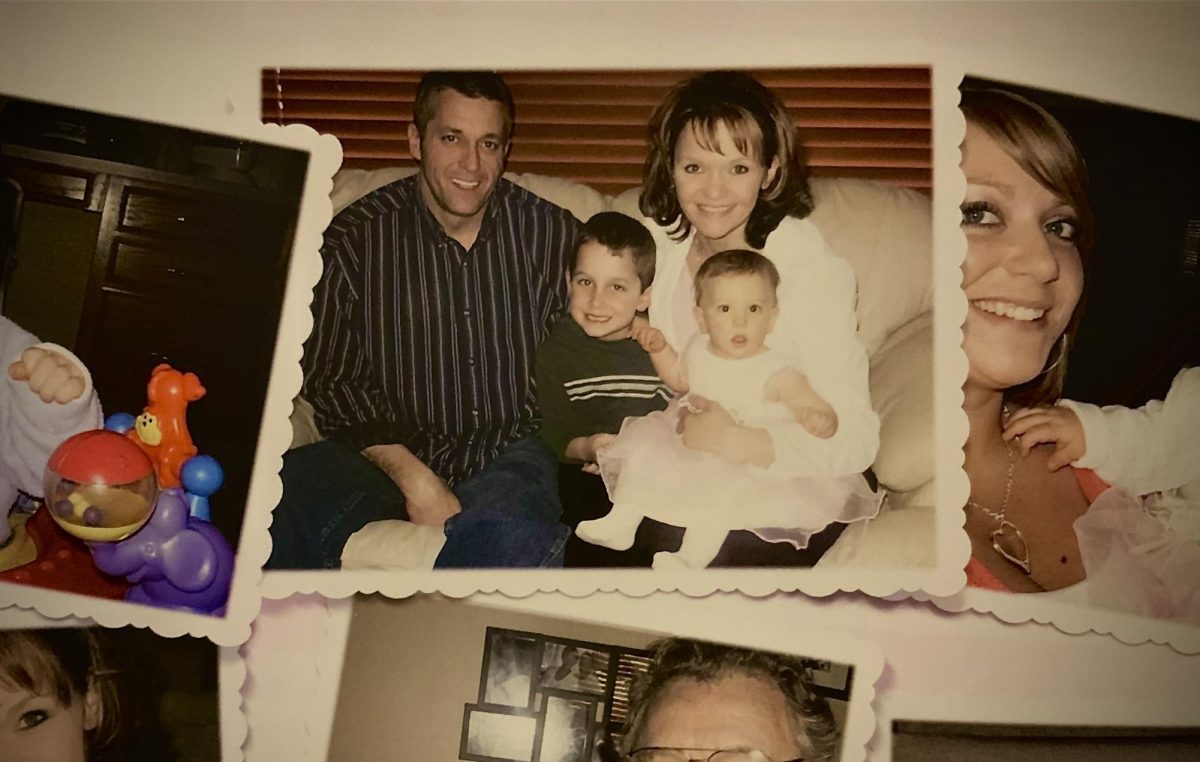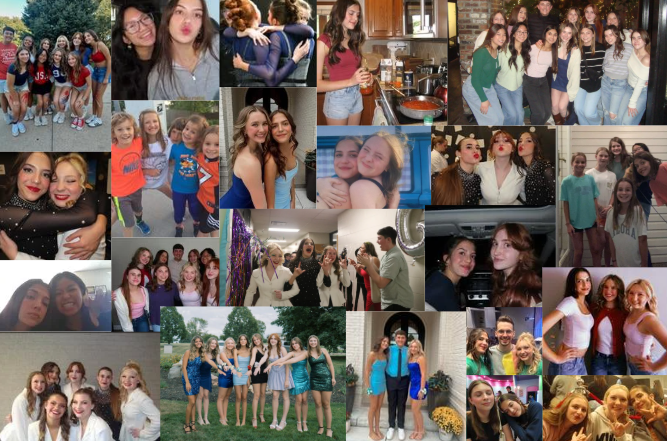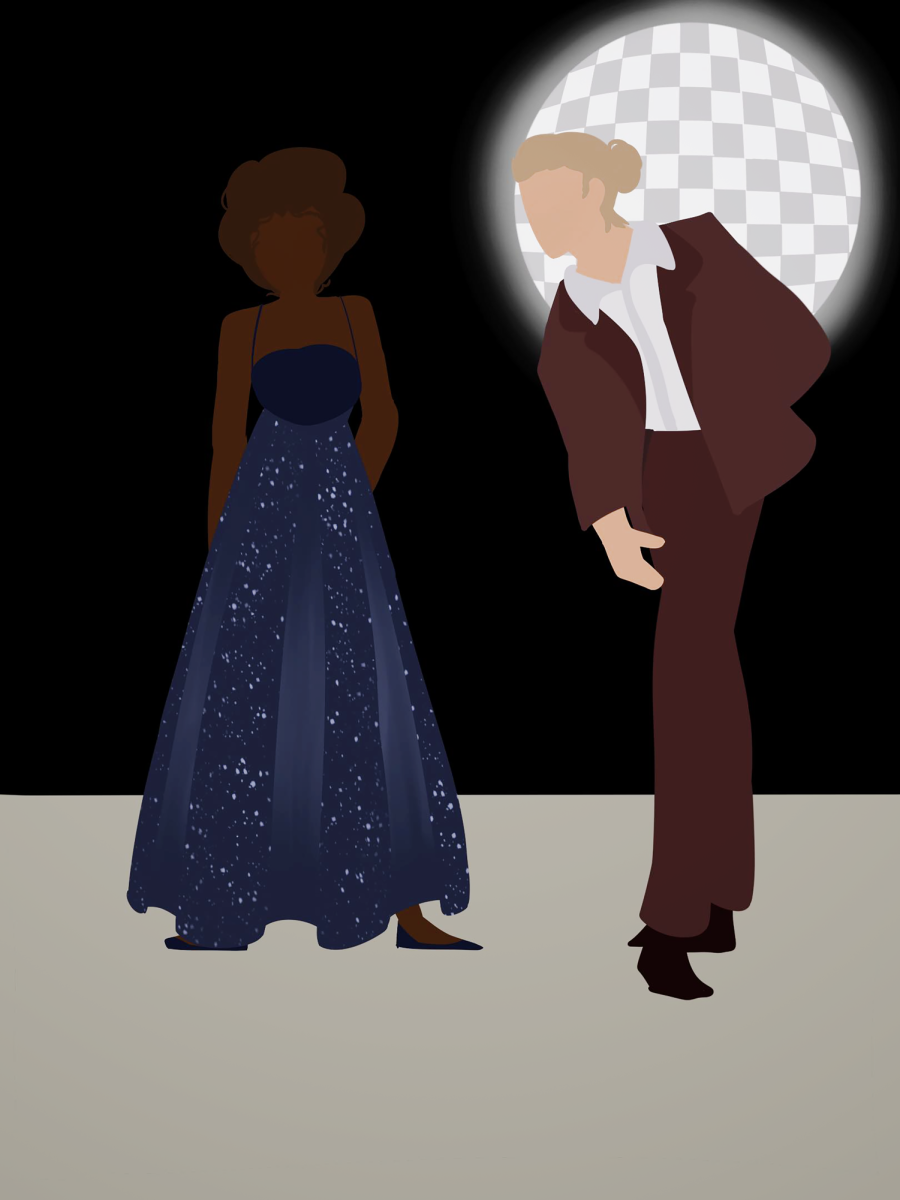A silent symphony—an intricate composition of emotions that play within the chambers of the heart. You never know when, how, or where it will arrive, but from the minute you lose someone dear, it’s an almost immediate realization. The only thing you can think about now is “How am I going to survive this?”
Grief is defined as a deep sorrow, especially that caused by someone’s death. Except, grief isn’t just simply a “sorrow,” grief is the alchemist of emotion, carving valleys of longing and peaks of harrowing memories. In the tapestry of life, grief stitches its own intricate pattern, weaving threads that defy both time and reason within an individual. As a whole, grief may just be one of the most excruciating things one can experience in their lifetime.
Most commonly, grief is separated into a well-known categorization called “the five stages of grief.” These steps of emotional healing are the societal norm for how a grieving individual is expected to behave while grappling with the death of a loved one. Truly, how reliable can a set of “rules” over one’s trauma be?
Denial, the initial stage, is a defense mechanism for the mind, a fragile attempt to cushion the impact of the emotional earthquake that has shaken the very foundations of your world. It is a dance with disbelief, a delicate ballet of the heart trying to reconcile with the truth of absence.
As the veil of denial begins to unravel, Anger emerges, an emotional tempest that can entirely consume your being. You may direct your rage towards the departed, questioning why fate took them away from you. This stage serves as an outlet for the emotions that grief awakens within.
Bargaining, the third stage, finds you searching for avenues to regain control. This phase is characterized by “if only” and “what if” scenarios that plague each and every thought. It is the desire to rewrite history, to find a way to turn back time and alter the course of events.
The Depression stage can manifest in various ways. Emotions may fluctuate between numbness and profound sadness, making it challenging to find joy or motivation. It’s easy to get lost in self-questioning. “Why me?” “Am I being punished?” “Is there even a true meaning to life anymore?” This stage can feel suffocating and seemingly endless.
Acceptance heralds the dawning of a new chapter on the journey of grief. Acceptance grants you the space to integrate grief into your life; to honor the memory of what has been lost while allowing a sense of recovery and growth to stem.
Finally, after each “stage” has swallowed you up one by one and spit you out the other end, you come to realize that nothing seems to have changed. Holidays still feel like a punch to the gut, birthdays make you nauseous and that volatile hole in your heart still hasn’t seemed to have healed. It gets to the point where you can’t even listen to the pattering of the rain, or smell the musk of a cigarette without thinking about your dad. “Is there something wrong with me?” “Am I incapable of healing?”
The true reality of grief that the “stages” don’t tell you is that no matter how much time has passed, the pain will always remain the same. The only avenue for change lies within your individual ability to cope. The death of a loved one isn’t just something you overcome within a few short stages. For me, it took the death of my own father to realize the extent of it all.
Grief is not and never will be a linear process with a clear end. Instead, it is an ongoing and dynamic experience that evolves with time. Acknowledging the impact of loss on human well-being encourages a more nuanced understanding of grief, one that embraces the complexity of emotions and rejects the illusion of closure. Grief forever stands as a treacherous, life-long journey that grapples alongside the trauma of loss and validates the feelings of those affected by it. Mourning someone you once loved truly is a never-ending heartache.








